Qissebazi by Danish Husain, in Sydney that is…
By Neena Badhwar
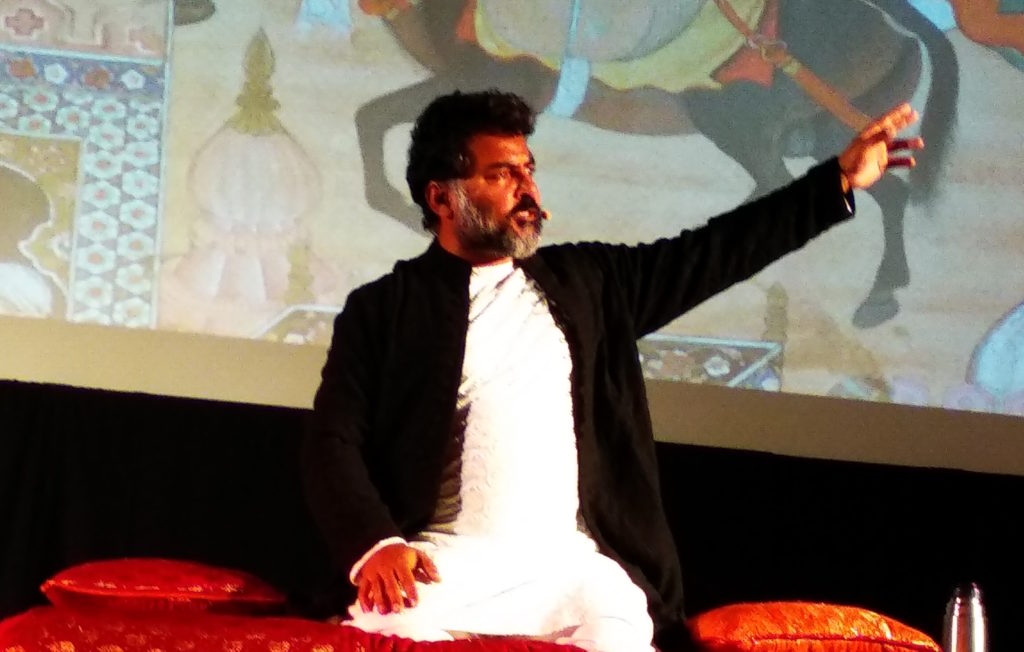
Danish Husain has been to Sydney twice. Nautanki Theatre Company (NTC) presented him, second time, when he performed to a hall full, a select audience at Macquarie University theatre on March 9. And a day earlier he did a master class on the 8th to a little over thirty people, media students, film makers and theatre lovers, which proved to be a gem of a presentation when he took all through the history of Dastaangoi (storytelling) that he helped revived. Now that this art has become one of the recognised form of theatre in India, sub-continent region and now right upto Sydney, said, he, a banker turned actor, script writer, late in life but not that late, when at the age of 29, having suddenly discovered his new passion, “I realised that that is what I want to be doing and enjoy the most.”
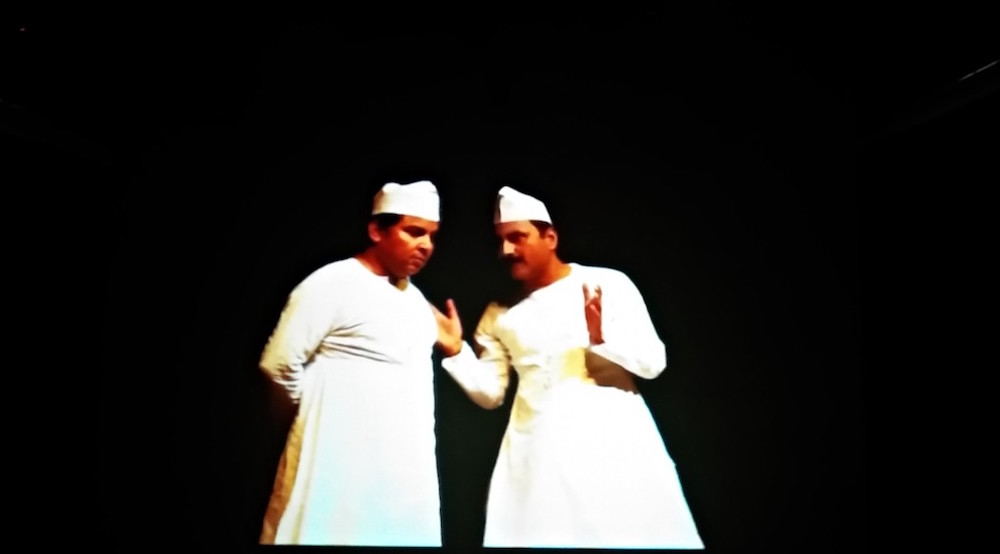
It wasn’t easy, he says, there was the struggle in the beginning, to be living in Mumbai which can be an expensive city, but with this art of Dastangoi under his sleeve, Danish has now performed close to a thousand performances, slowly the news reached actor Naseeruddin Shah who contacted him and his partner and who has also performed with them. Danish took us all through the history of Dastangoi or Qissagoi, Stories of Amir Ali Hamza, which were in Farsi before and then were translated into Urdu by a Hakim and his fellow who noted down the stories. These stories had two elements in them ”“ the Razm and the Bazm, the romance and the warfare. He said the kings used to have these storytellers who would tell stories to them when they retired at night and could not sleep. Exactly like the grandmas telling stories to their grandkids which had bit of everything ”“ the magic, the trickery, the romance, conjuring up scenes like the tales of Ali Hamza which left life long impressions on the young minds.
King Akbar, in his days, had commissioned court artists to paint around 1800 folios of the adventures of Ali Hamza, stitched on the back to a cloth which got lost as times passed and were found in an antique shop one hanging as a curtain. And when one buyer wanted to buy the so called curtain, the dealer came up with a trunk full of them, not all 1800, but around 70 of them which have survived. The stories of the adventures of the mythical Ali Hamza which had left a deep impression on Akbar when young that he even got the workmen to write the stories on the back of the paintings. And they thus became an oral tradition to entertain the illiterate masses who enjoyed these Dastane-e-Hamza performances as time passed. Danish explained how that our films, theatre, kathvachaks, the stand up comedians of today, the Kathakkali, the Tamasha theatre in Maharashtra are all being an extension of Qissebazi ”“ story telling which comprises in it always a hero, a villain, a heroine and a side kick. Danish took us through various art forms of storytelling in India which follow the same principle with a bit of comedy, satire, drama thrown in. If one excelled in the art of story telling of ”˜Ramayan’ with the kathvachak and his team of musicians, who happen to not look at each other but facing the audience and one of them in the middle always doing ”˜hunkaras’ thus establishing a listener, who then would make all the audience quite attentive to what is being told with his band of musicians playing music, drums to attract attention. In between the performance the actors use bit of wit, conjuring up scenes loaded with action, expression, romance, repetition, chorus, echoes, affirmations to get attention of the listener. The listener listens but creates the visuals in his or her mind, every individual interpreting in their own unique way, to which Danish said that this kind of performance touches the higher senses of the brain on part of the audience.
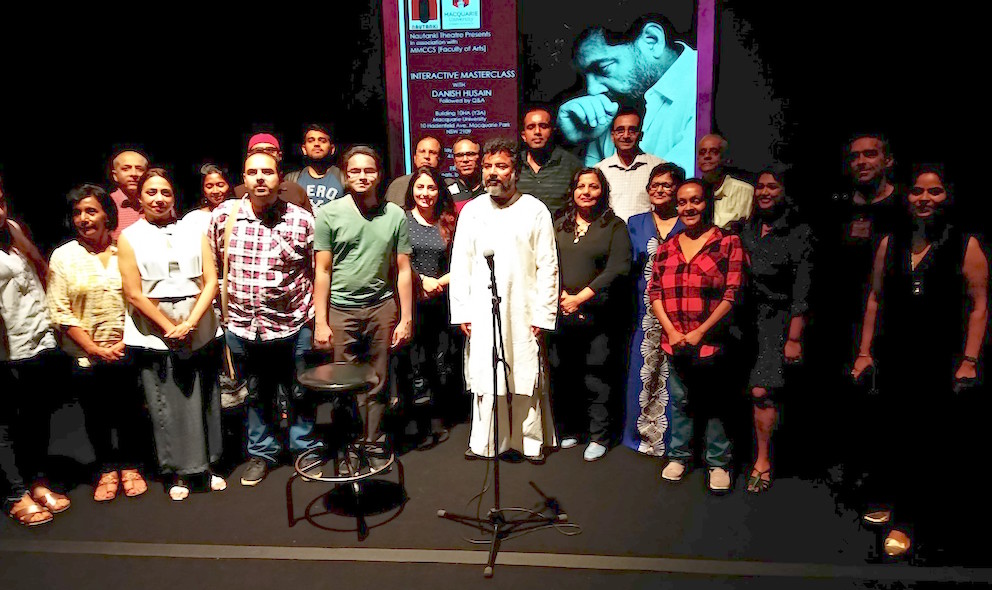
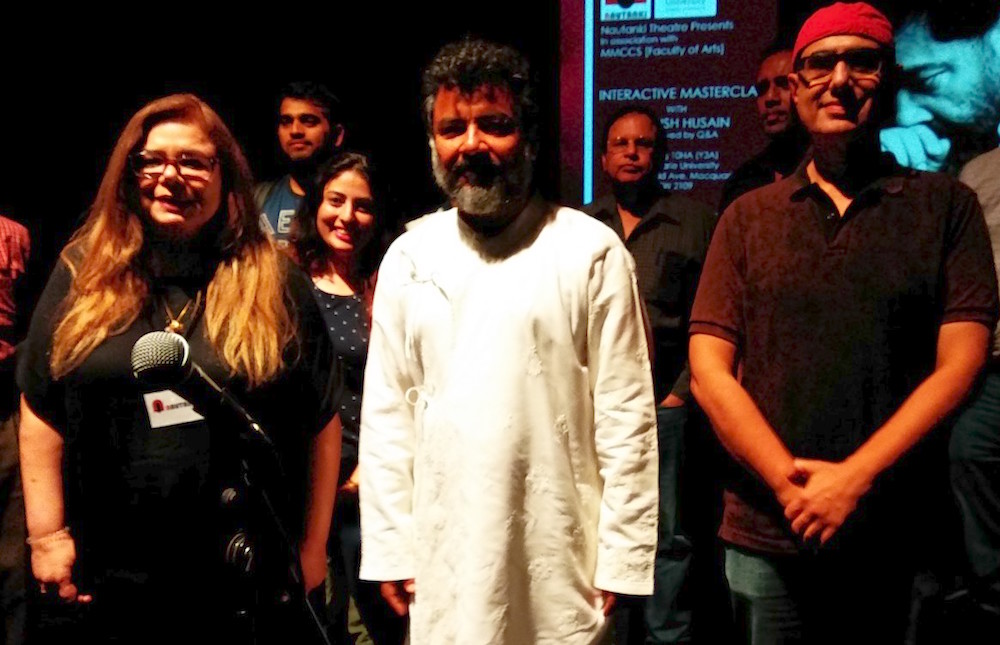
Danish Husain has revived this art in India in which now there are a little over twenty artists who have become performers of Dastaangoi. Says Danish that it took him years to learn the art when he for over six years worked under many well known directors including the famous director Habib Tanveer. He says that he used to observe them minutely at times admonished by the directors at times who would recommend, “Go, observe so and so actor as they practice.” And luckily he met his counterpart in Dehradun who suggested that they tell stories as Qisse and the deadline given was only 13 days. Says Danish, “It was the hardest 13 days of my life.” Since then he has not looked back, one wonders how does he remember all these stories, perhaps he has mastered the art of capturing your attention by memorising some of the famous stories of Ali Hamza and then adding to them the current narratives which are always on the top of our minds. There is still the adventure, a prince and a princess, the magician, the sorcerer, the wit and the humour but Danish knows how to get laughs out of us when he performed finally on December the 9th.
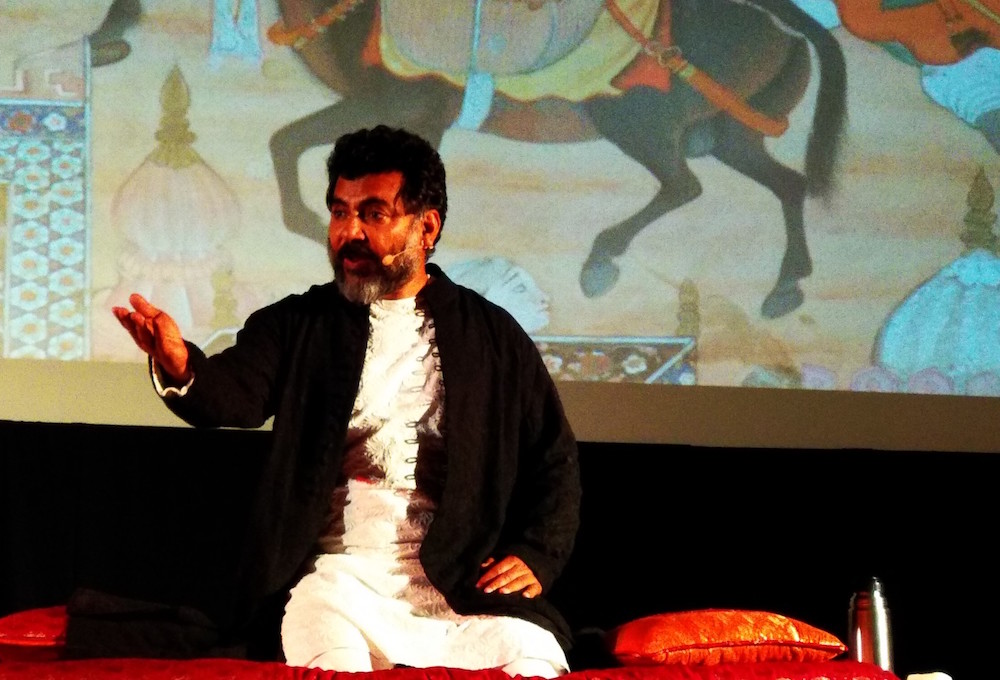
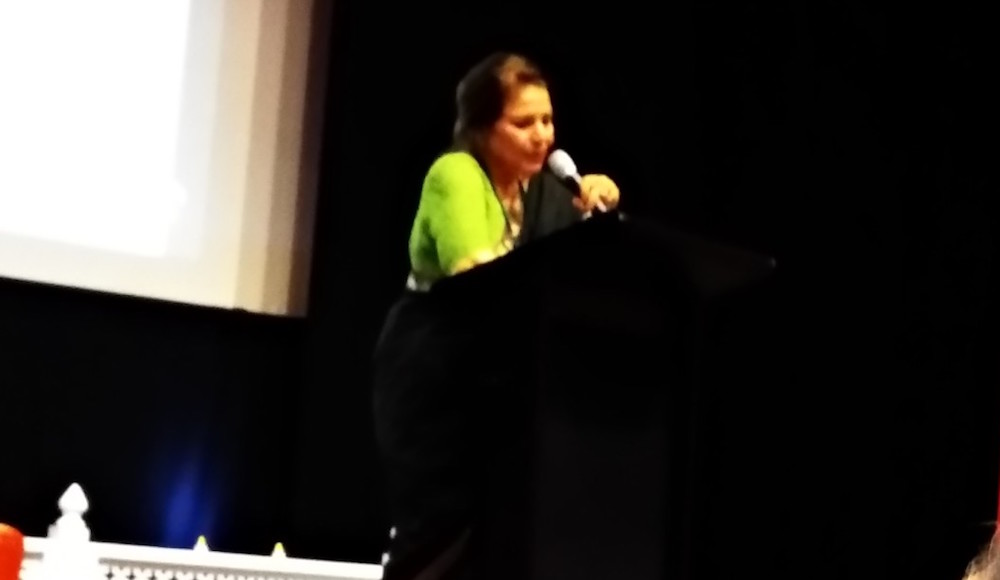
Him and him alone is the centre of our attention on the night, our eyes glued to him and his movements as he detours from the main text to some side texts. He knows his art of story telling so well, simple (tote maina ki kahaniyan thrown in the main story) there is no denying that he is a master in this art of Qissebazi.
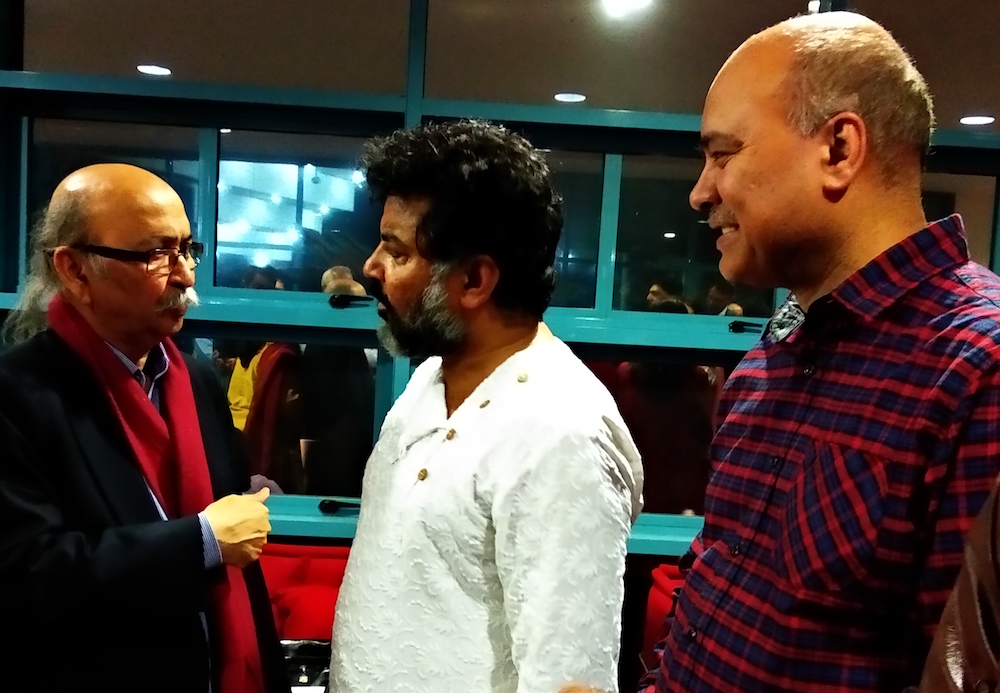
“So Janaab, then the sorcerer put the princess to sleep and turned himself into the princess by exactly copying the make-up.” He goes on but then nothing stops him from going into American politics or the current political situation in Delhi, again guised in the form of a story. That is the skill Danish has acquired by a lot of practice we suppose. People clap and ‘wah wah’s are in plenty. To the lone performer and his two accompanying musicians, someone who captures your imagination like no one else.
Short URL: https://indiandownunder.com.au/?p=12788
